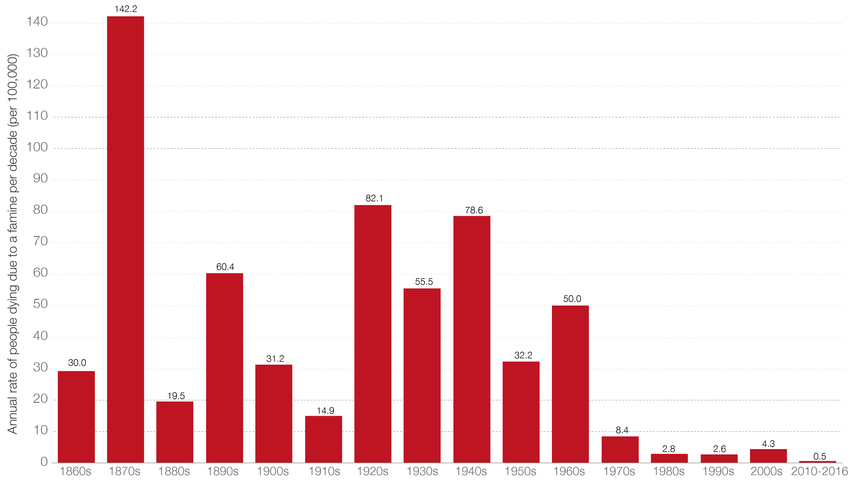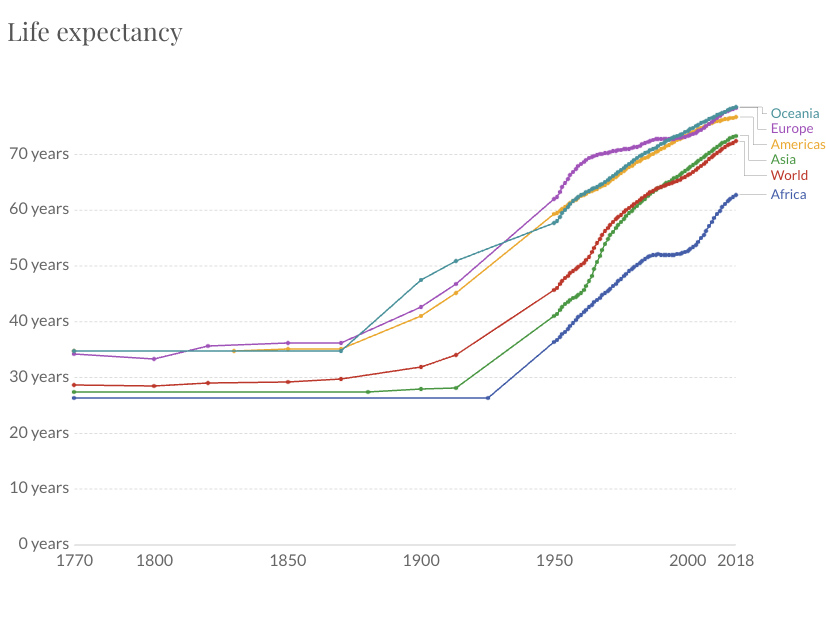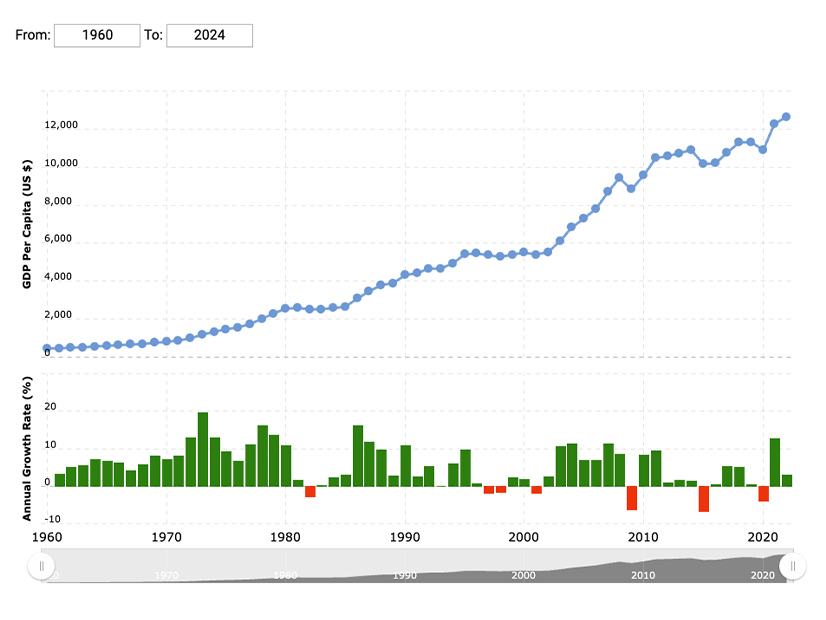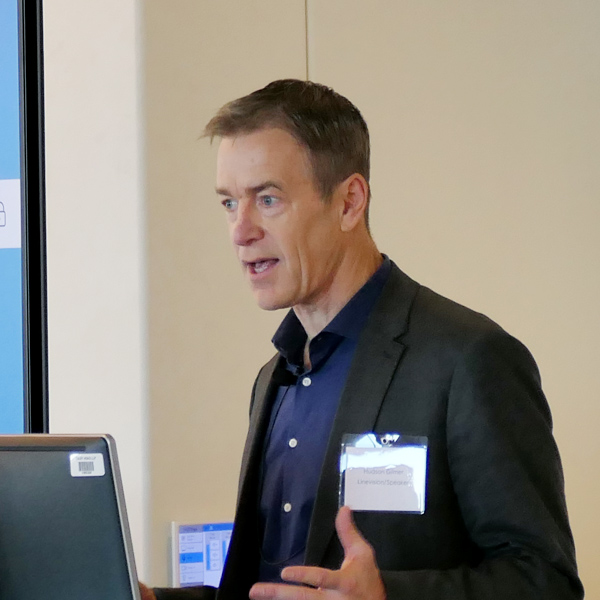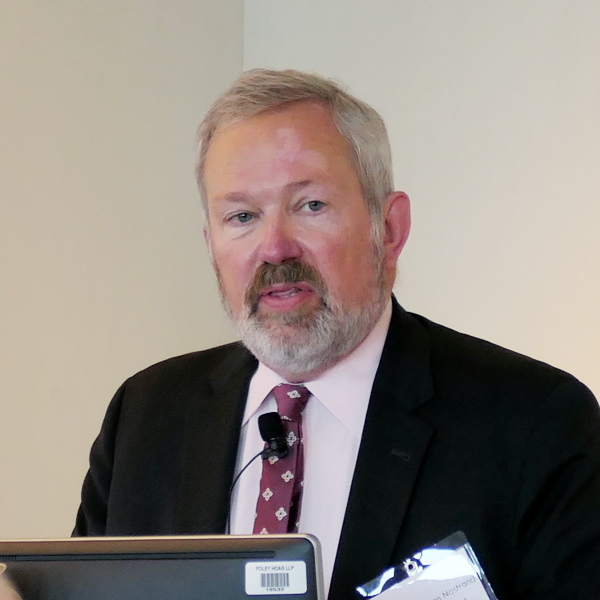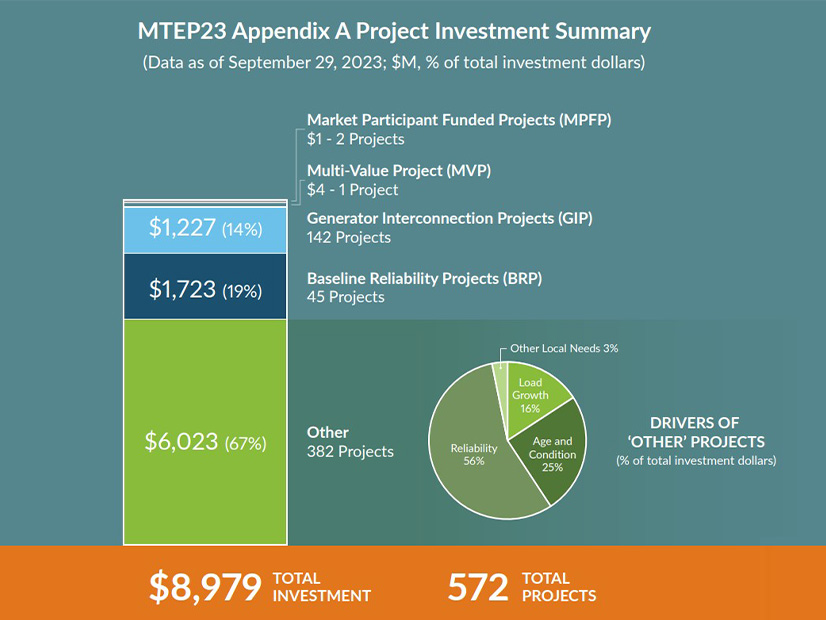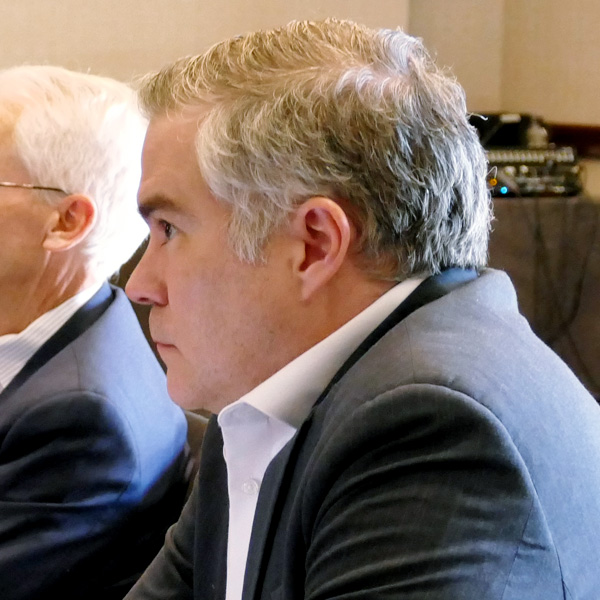Federal regulators Dec. 11 announced a planned auction of wind energy leases off the Delaware and Virginia coasts in 2024.
The announcement excluded a wind energy area off the Maryland coast that is seen as problematic due to other activities in the area but included a pledge to help that state work toward its ambitious offshore wind goals.
When the Bureau of Ocean Energy Management announced the Central Atlantic wind energy areas in July, it said the smallest of the three — area B-1 — might not be suitable for wind turbines due to the extensive military and space activities nearby. (See Potential Military/NASA Conflict with OSW Seen in Wind Energy Area.)
On Dec. 11, BOEM said B-1 is not viable for wind energy development at this time, due to the expensive mitigation that would be needed. But BOEM is not giving up on B-1 — it might be offered in a second potential lease sale as soon as 2025, the Department of the Interior said.
And BOEM said another potential area off the Maryland Coast of similar size and energy generating capacity has been identified and will be further analyzed.
In its announcement Monday, BOEM emphasized a commitment to developing other potential wind energy areas that could feed clean energy to Maryland, which has an 8.5-GW offshore wind goal.
In statements quoted in a BOEM news release, Maryland’s governor and U.S. senators welcomed BOEM’s commitment to identify other options.
“I am pleased that we have reached an agreement on offshore wind leasing in the Central Atlantic that ensures Maryland can continue to make progress toward meeting our wind energy deployment goals, while protecting key national security and navigational safety priorities in these waters,” Sen. Chris Van Hollen (D) said.
The senator’s comment points to the crowded and strategic nature of the ocean east of the nation’s capital. The shoreline is dotted with multiple military bases, squadrons of supersonic jet fighters, a NASA launch site and a bombing/gunnery range, raising questions about the risks of a phalanx of towering wind turbines spinning nearby.
However, offshore wind is a signature initiative for the Biden administration, which has set a goal of 30 GW installed by 2030, and the various agencies are looking for solutions.
In Monday’s news release, the Department of Defense presented the issue as one of national security — but one of energy security rather than planes, ships and missiles.
“The Department has been an active participant in the Bureau of Ocean Energy Management’s efforts to find the best locations for offshore development in the Central Atlantic and we look forward to the continued collaboration on this critical issue,” said Radha Iyengar Plumb, deputy undersecretary of defense for acquisition and sustainment.
NASA Administrator Bill Nelson added: “Developing new wind energy areas will provide clean energy for millions of homes and businesses while boosting American innovation. The time to address the climate crisis is now — and NASA will continue its work to improve life on Earth.”
Lease Area A-2 totals 101,443 acres east of Delaware Bay. Lease Area C-1 consists of 176,505 acres east of the mouth of Chesapeake Bay.
BOEM on Dec. 12 will publish a proposed sale notice in the Federal Register, kicking off a 60-day public comment period.

